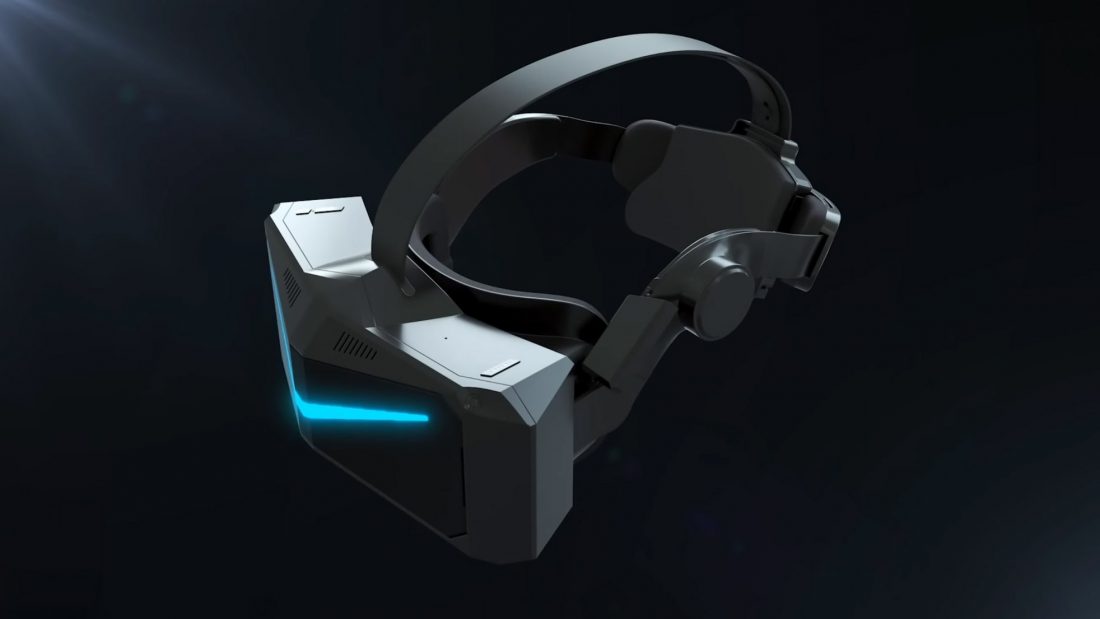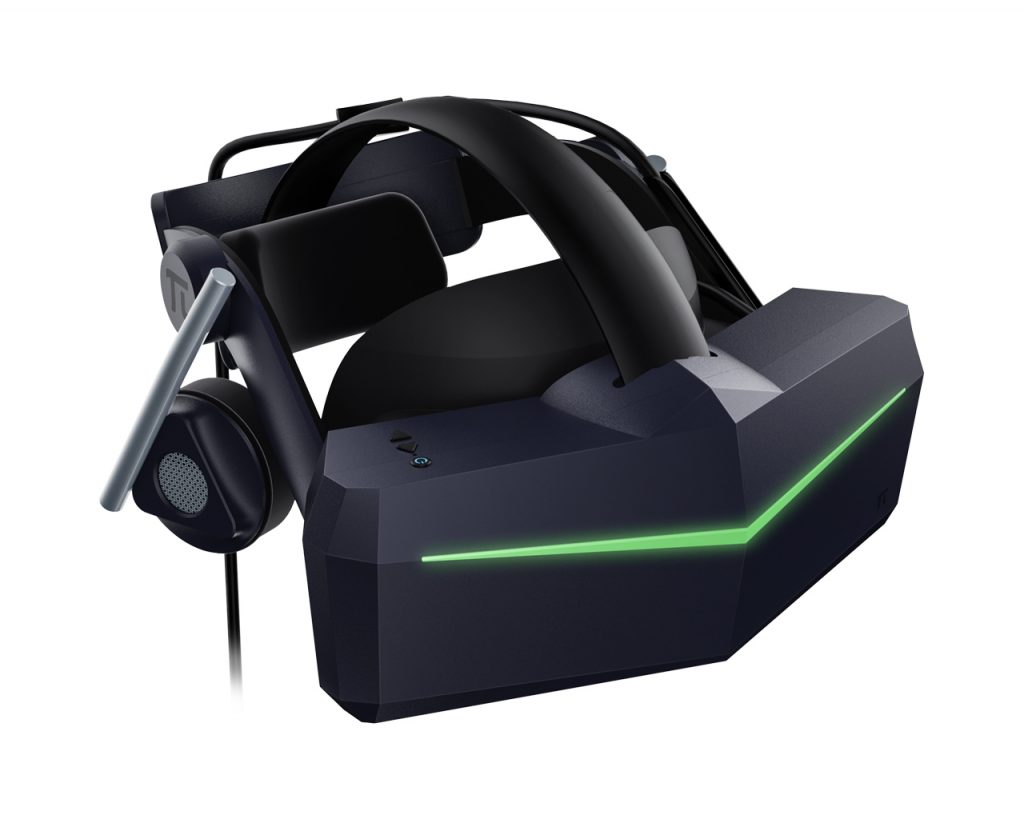
Pimax has revealed the release of a VR headset with fantastic features and at a fantastic price
Pimax is a manufacturer of head-mounted displays. Unlike its competitors, this company specializes in releasing devices with incredible parameters and at an incredible price. The new goggles from Pimax fit in completely with this strategy – the image here has a total resolution of almost 12,000 pixels.
Pimax specifications

Features of the Reality 12 K QLED helmet model from the Pimax brand:
– A pair of 5620×2720 LCD screens with HDR, a refresh rate of two hundred Hz. To be clear, Valve Index has 1440×1600 and 120Hz.
– The minuses of the LCD are compensated by MiniLED (resulting in a contrast level close to OLED) and quantum dots (according to the manufacturer, the presence of this layer makes the colour rendering better than that of organic LEDs).
– The actual viewing angles are 200° and 135° horizontally and vertically, respectively.
– Tobii Technology’s built-in eye-tracking should provide plenty of resolution: dimple rendering ensures that only the areas the user of the device is currently looking at are rendered with maximum resolution.
– With Oculus Touch-like controller support, glove-free control and even full body tracking are included. The full-body tracking function has never before been available in head-mounted displays.
– Facial expression tracking.
– Multiple faceplates.
– Multiple visors: to the Steam VR base stations, for MR and to connect to the internet via 5G.
– Microphones with noise cancellation option – 3 pieces.
– This model can connect directly to a personal computer via a cord, or it can be operated as a standalone helmet. This is made possible by:
a) the SnapdragonXR2 processor (the same as the second OculusQuest).
b) active and passive cooling, the presence of two coolers. Having an active type of cooling should, in theory, show more tangible results than the OculusQuest 2.
c) the presence of a replaceable battery in the helmet, 6000 milliampere-hour capacity.
d) availability of a visor with the ability to connect via 5G, as already mentioned.
e) if it is a completely standalone mode, the resolution level is reduced to 4000 pixels for each eye, the frequency level to one hundred and twenty Hz and the viewing angle to 120°.
– A WiGig2 plug-in module is available, to be able to transmit the picture wirelessly. The helmet probably has the technology built in for the broadcasting to take place over Wi-Fi, but having a separate module will make the image more stable and of higher quality.
– As an accessory, you can buy a ‘virtual reality station’, which is a pre-assembled personal computer designed just for Pimax goggles with a WiGig2 unit.
Pimax helmet prices
The base set of the described model is priced at $2,399. Pre-orders will be available from summer 2022, and helmets will be on sale in the IV quarter of that year. If the user has other VR-glasses from Pimax, he can take advantage of the trade-in scheme and reduce the price by the cost of existing glasses. It is likely that only those who bought the helmet directly from the manufacturer will be able to take advantage of this opportunity.
